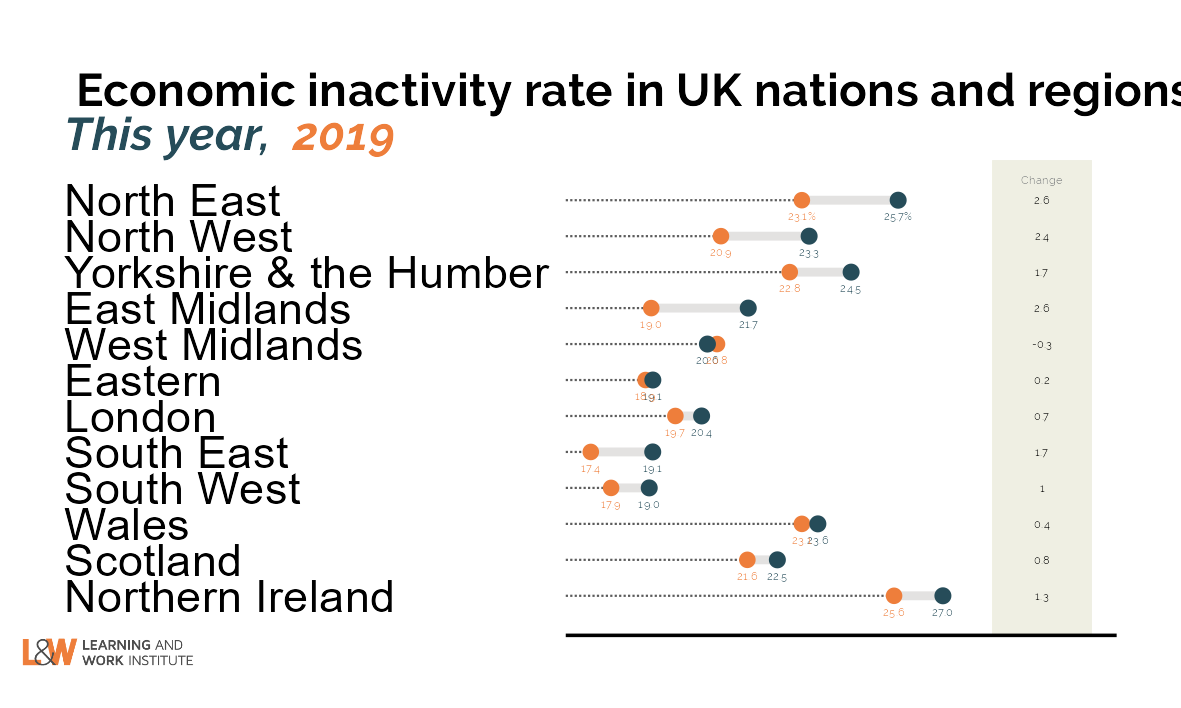LABOUR MARKET ANALYSIS REPORT FROM THE LEARNING AND WORK INSTITUTE
Labour market LIVE from Learning and Work Institute
12 April 2022

- Unemployment is 1,296,000, down by 39,000 from last month’s published figure (quarterly headline has fallen by 86,000) and the unemployment rate 3.8%, is down by 0.1 percentage points on last month and down by 0.2 percentage points on last quarter.
- The ONS figure for claimant unemployed is 1,704,100, and has fallen by 46,900 on last month. The claimant rate is 4.3%.
- The number of workless young people (not in employment, full-time education or training) is 909,000, and has risen by 24,000 on the quarter, representing 13.4% of the youth population (no change).
- Youth unemployment (including students) is 353,000, and is up by 14,000 on the quarter.
- Vacancies in January to March 2022 rose to a new record of 1,288,000 after recovering strongly from the low point of 343,000 in April to June 2020.
- There is now 1.0 unemployed person per vacancy. This is the lowest number on record.
- The employment rate is 75.0% and is down by 0.1 percentage points on last month’s published figure and is up by 0.0 percentage points in the preferred quarterly measure.
The labour market figures published on 12 April show that the labour market recovery has slowed, with employment still 588,000 lower than pre-pandemic driven by rises in economic inactivity.
Stephen Evans, Chief Executive of Learning and Work Institute, commented:
‘This February, people saw the biggest single month fall in regular pay in real terms since December 2013. But this cost of living crisis is not being experienced equally. Bonuses in sectors such as finance mean some are seeing rising pay, while those on the lowest incomes saw their benefits rise by just 3.1% yesterday, far lower than inflation. This is before the rise in National Insurance and the energy price cap, so the pain is only going to grow without action.Meanwhile, we continue to see people falling out of the labour market altogether, especially carers, retired people and long term sick. Employers are crying out for staff, yet there are 1.25 million fewer people in the labour market than if pre-pandemic trends had continued. The Government must act swiftly to support people who are being hit the hardest, so we need a new Plan for Jobs, Growth and Living Standards.’
Paul Bivand, Associate Director, Statistics and Analysis at Learning and Work Institute said:
‘”The rise in economic inactivity has been predominantly in older age-groups, and separate ONS surveys show that they are not claiming benefits, but are starting to use pension pots. This may cause problems in the future if their pension funds need to support longer periods on pension.It is particularly concerning that the rise in inactivity is higher in regions that already had higher inactivity rates than the national average, such as the three northern England regions and Northern Ireland.’
Employment has risen by 10,000 between September to November 2021 and December 2021 to February 2022. Since the pandemic started, employment is down by 588,000.
Unemployment has fallen by 86,000 between September to November 2021 and December 2021 to February 2022. The unemployment rate fell by 0.3 percentage points to 3.8% in the quarter the lowest level since 2019 and, before that, 1975.
Economic inactivity rose by 76,000 between September to November 2021 and December 2021 to February 2022. The inactivity rate is up by 0.1 percentage points to 21.4% in the quarter. Since the pandemic started, inactivity increased by 487,000
The national claimant count decreased by 46,900.
Youth unemployment increased by 14,000. There are 467,000 unemployed young people, and 293,000 (4.3% of the youth population) who are unemployed and not in full-time education.
Self-employment fell by 800,000 since the pandemic started two years ago. The number of employees has risen by 260,000 since the pandemic started. Involuntary part-time employment rose by 3,000 this quarter to 0.9 million, 11.5% of all part-time workers.
Chart 1: UK unemployment (ILO)
The latest unemployment rate has fallen by 0.2 percentage points over the quarter to 3.8%.
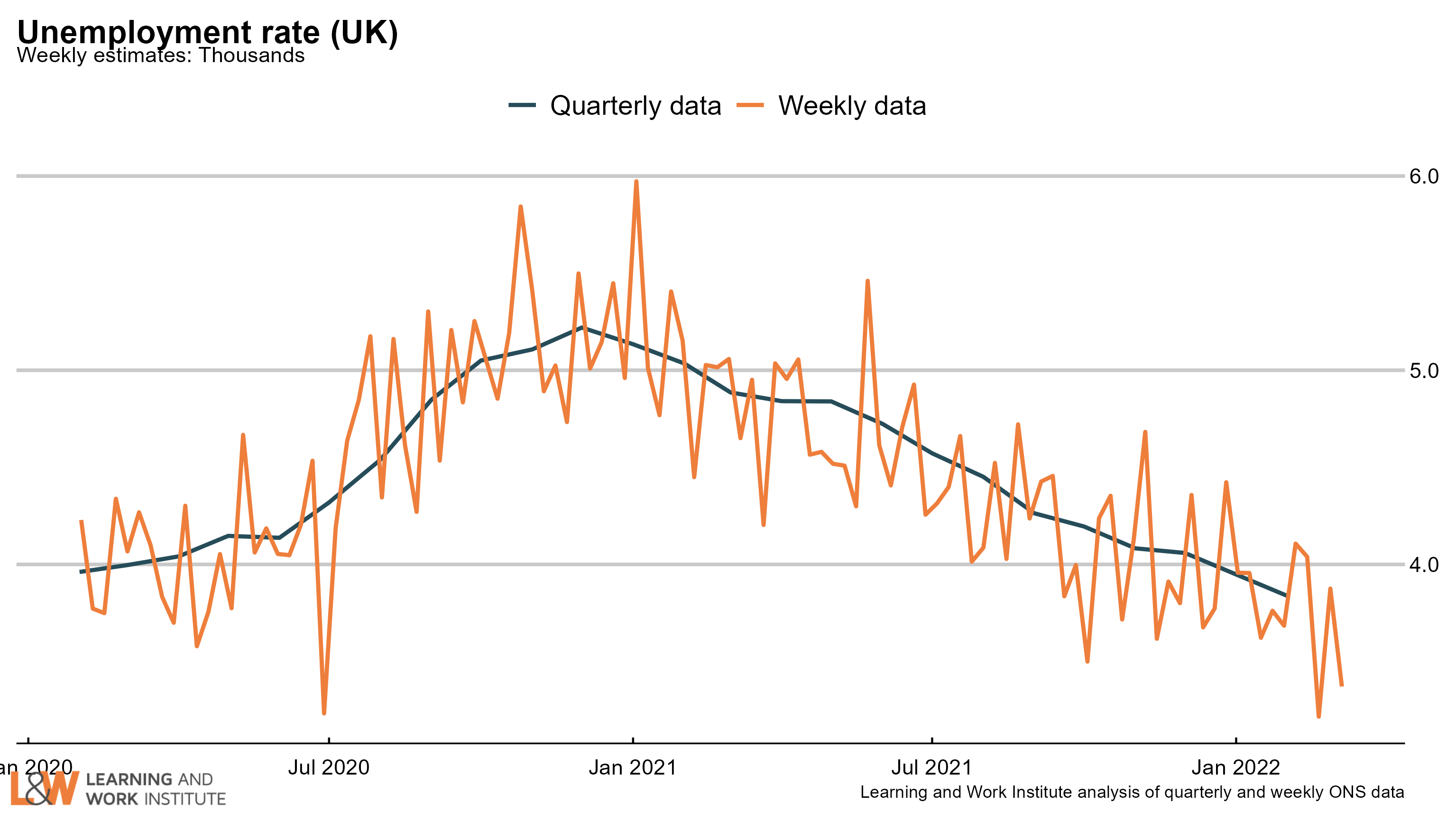
Chart 2: The claimant count and UK unemployment compared
The number of unemployed people who are claiming unemployment-related benefits is now 407,600 higher than the number of unemployed in the official measure.
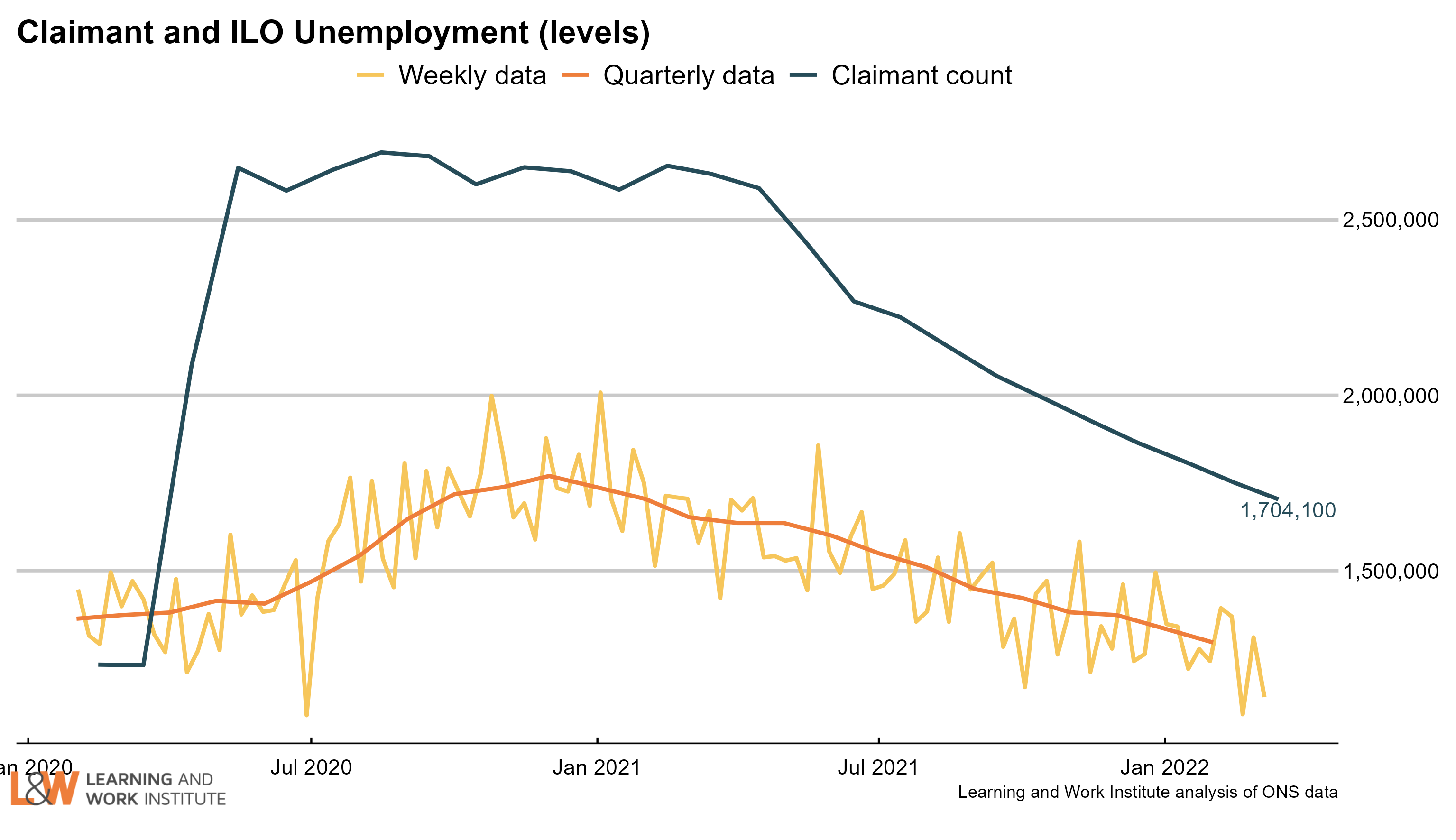
Chart 3: Youth unemployment
The number of unemployed young people has risen by 10,000 since last month’s figures, to 467,000.
Meanwhile, the number of young Universal Credit or Jobseeker’s Allowance claimants has fallen by last month by 9,400, to 270,900.

Chart 4: Young people not in employment, full-time education or training
The number of out of work young people who are not in full-time education (909,000) is up by 2,000 in the last quarter , or 0.2%. Two-thirds (68%) of young people not in full-time education or employment are economically inactive, rather than unemployed.
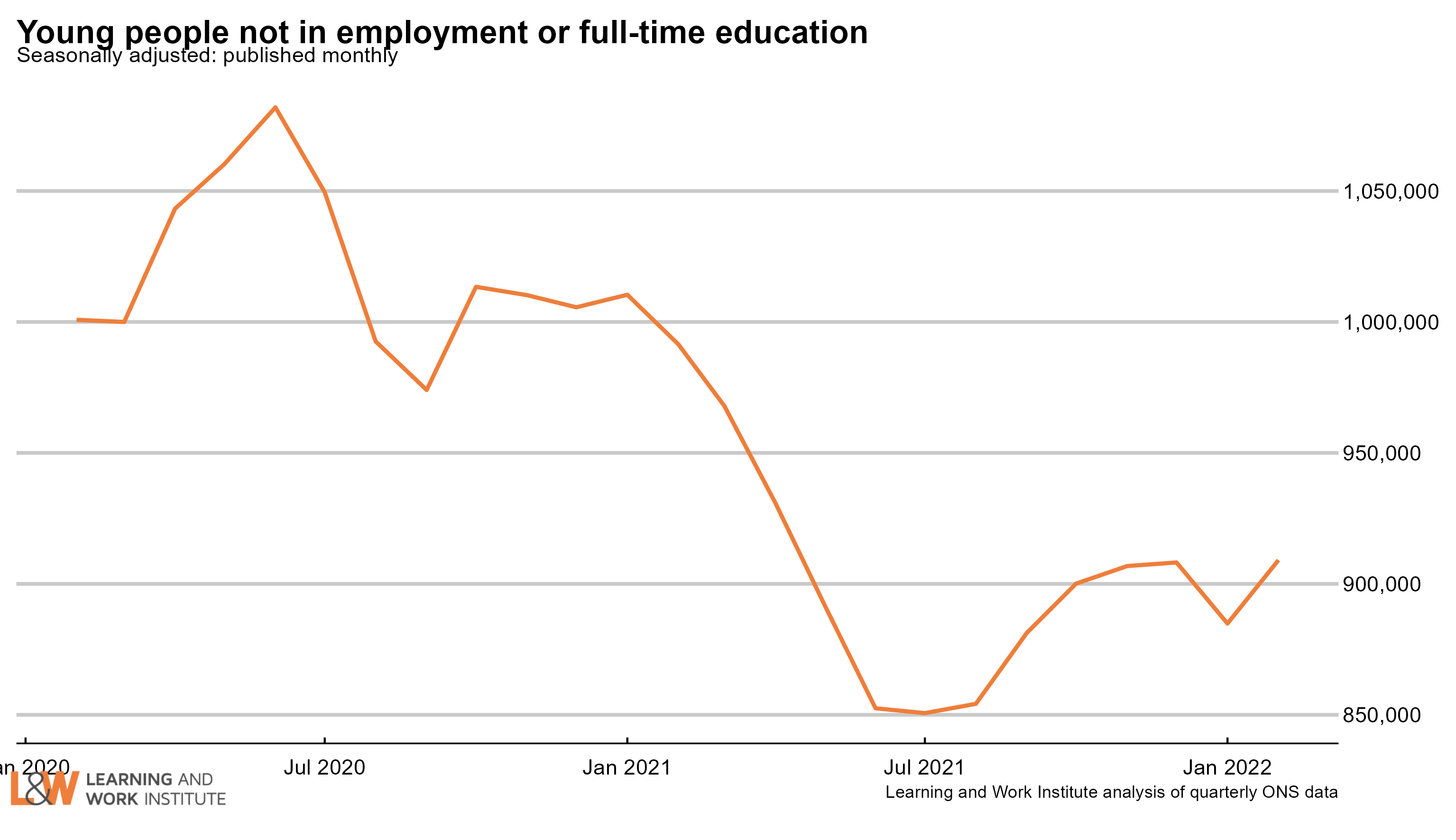
Chart 5: Youth long-term unemployment (six months and over, 18-24)
Youth long-term unemployment (which can include students) fell by 20,000 over the last quarter and is now 137,000. Youth long-term unemployment is now below pre-pandemic levels.
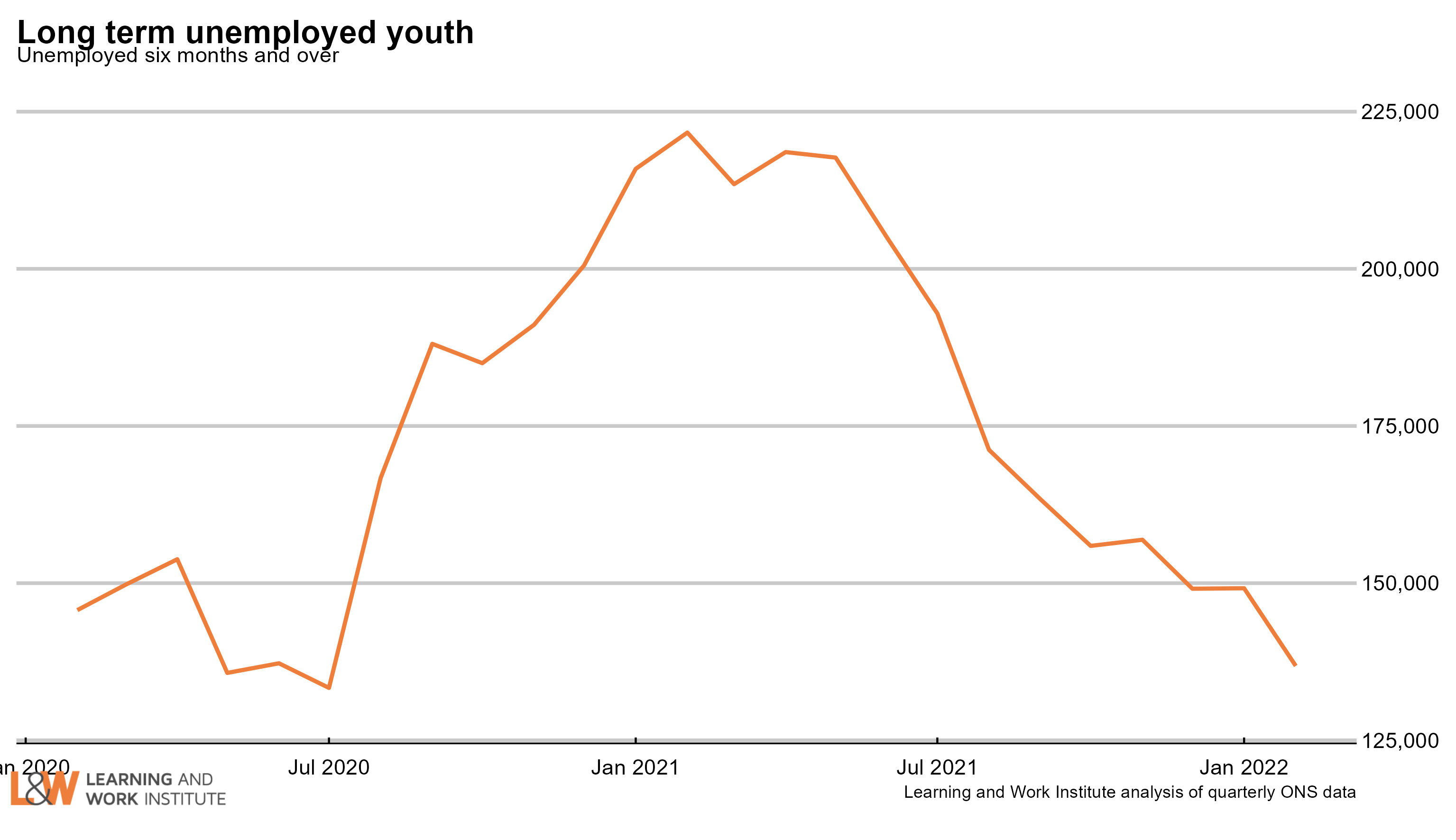
Chart 6: Adult long-term unemployment (12 months and over, 25+)
Adult long-term unemployment on the survey measure is now 312,000. There are 74,000 more people aged 25 and over out of work for 12 months or more than before the pandemic (Dec 19-Feb 20), though this is now falling (either due to people finding work or moving into economic inactivity).
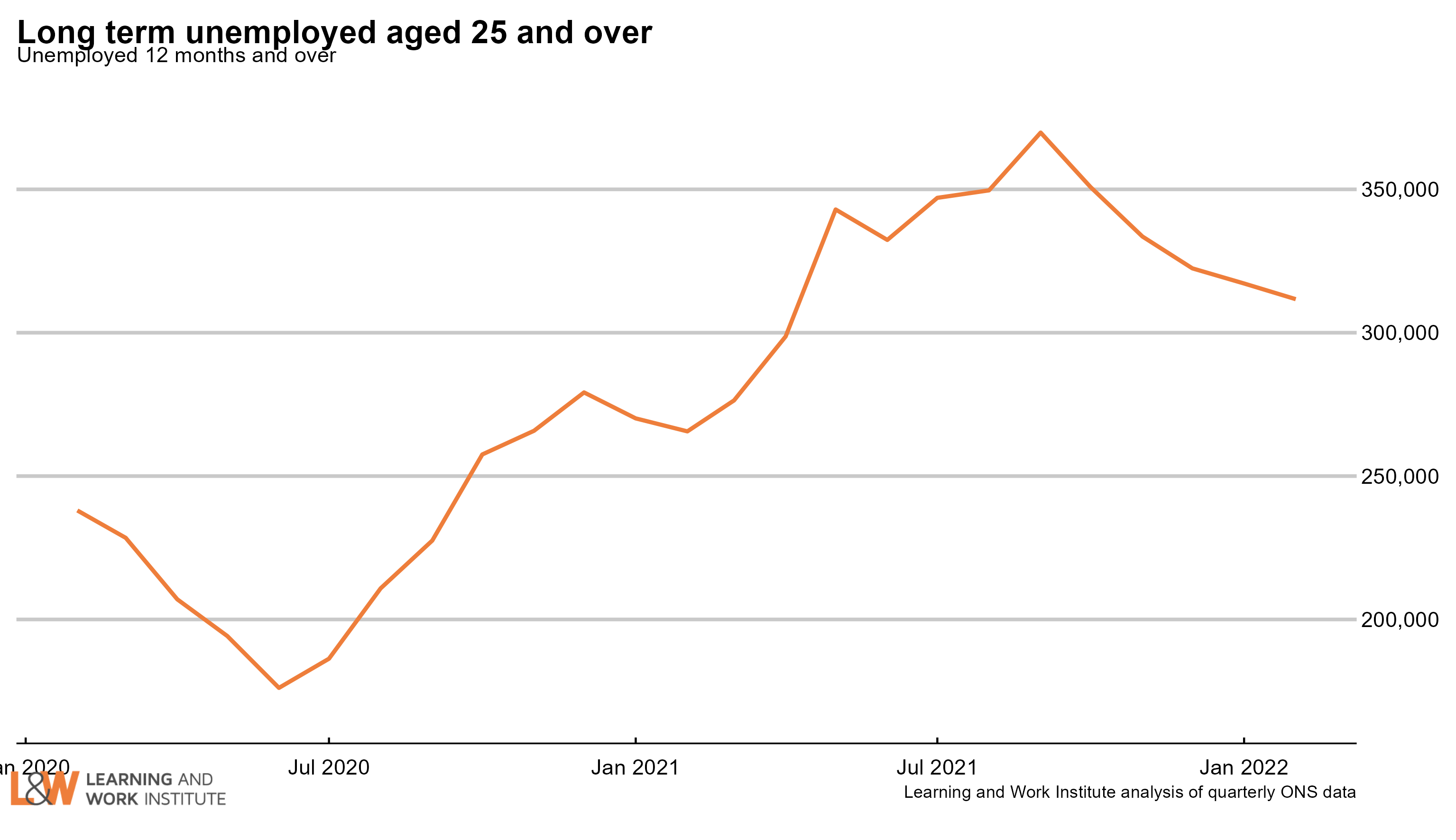
Chart 7: Unemployment rates by age
The 18 to 24 year old unemployment rate (including students) is 9.9% of the economically active – excluding one million economically inactive students from the calculation. The rate for those aged 25 to 49 is 2.9%. For those aged 50 and over it is 2.6%. The quarterly change is up 0.1 percentage points for 18 to 24 year olds, down 0.2 points for 25 to 49 year olds, and down 0.6 points for the over-50s.
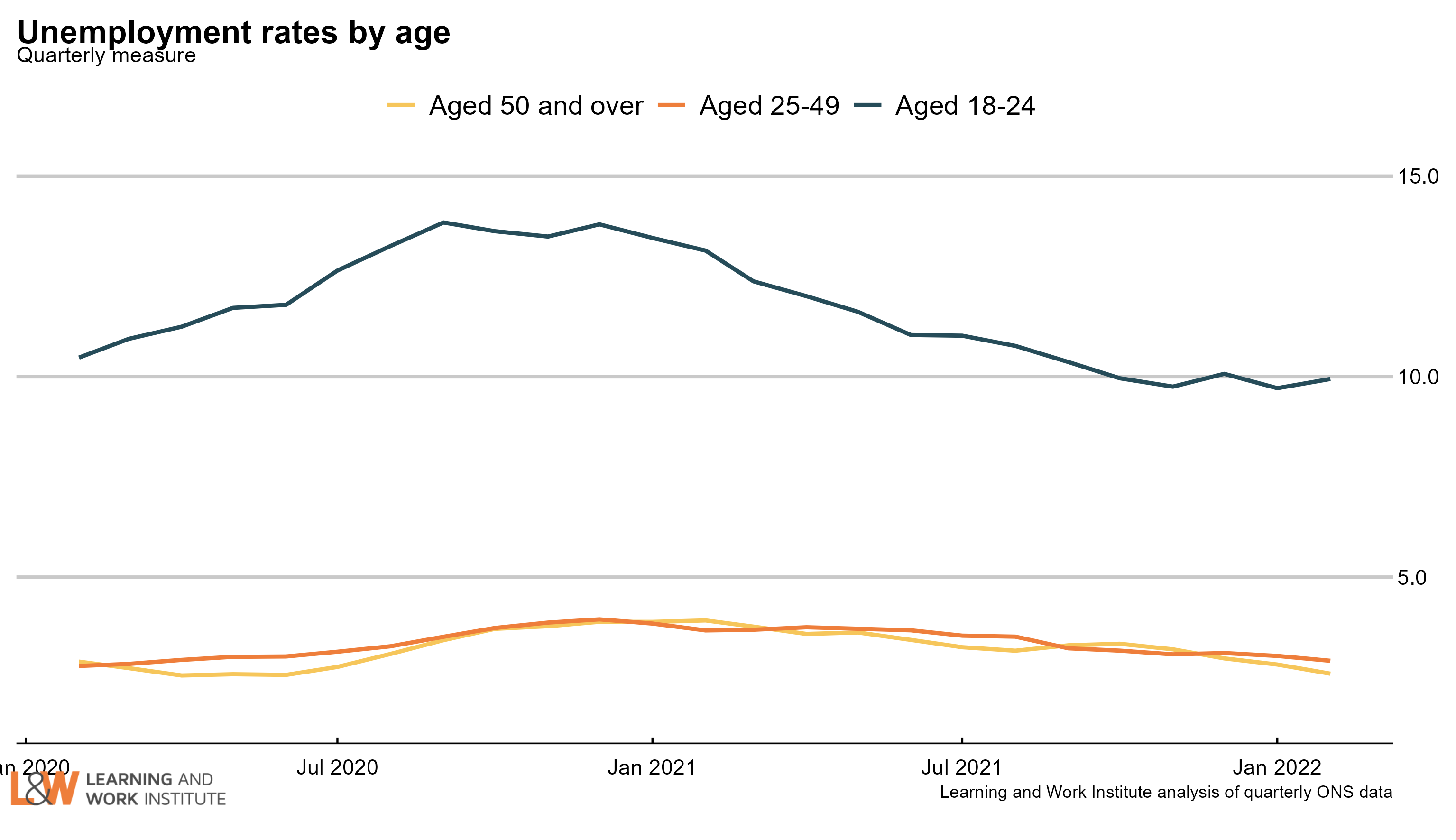
Chart 8: Unemployment rate changes by age (counting February 2020 as 100)
The 18 to 24 year old unemployment rate (including students) is 0.5 percentage points lower than in February 2020. The change for those aged 25 to 34 is up 0.1 points. The change for those aged 35 to 49 is up 0.1 points. The change for those aged 50 to 64 is down 0.3 points. The change for those aged over 65 is down 0.3 points.
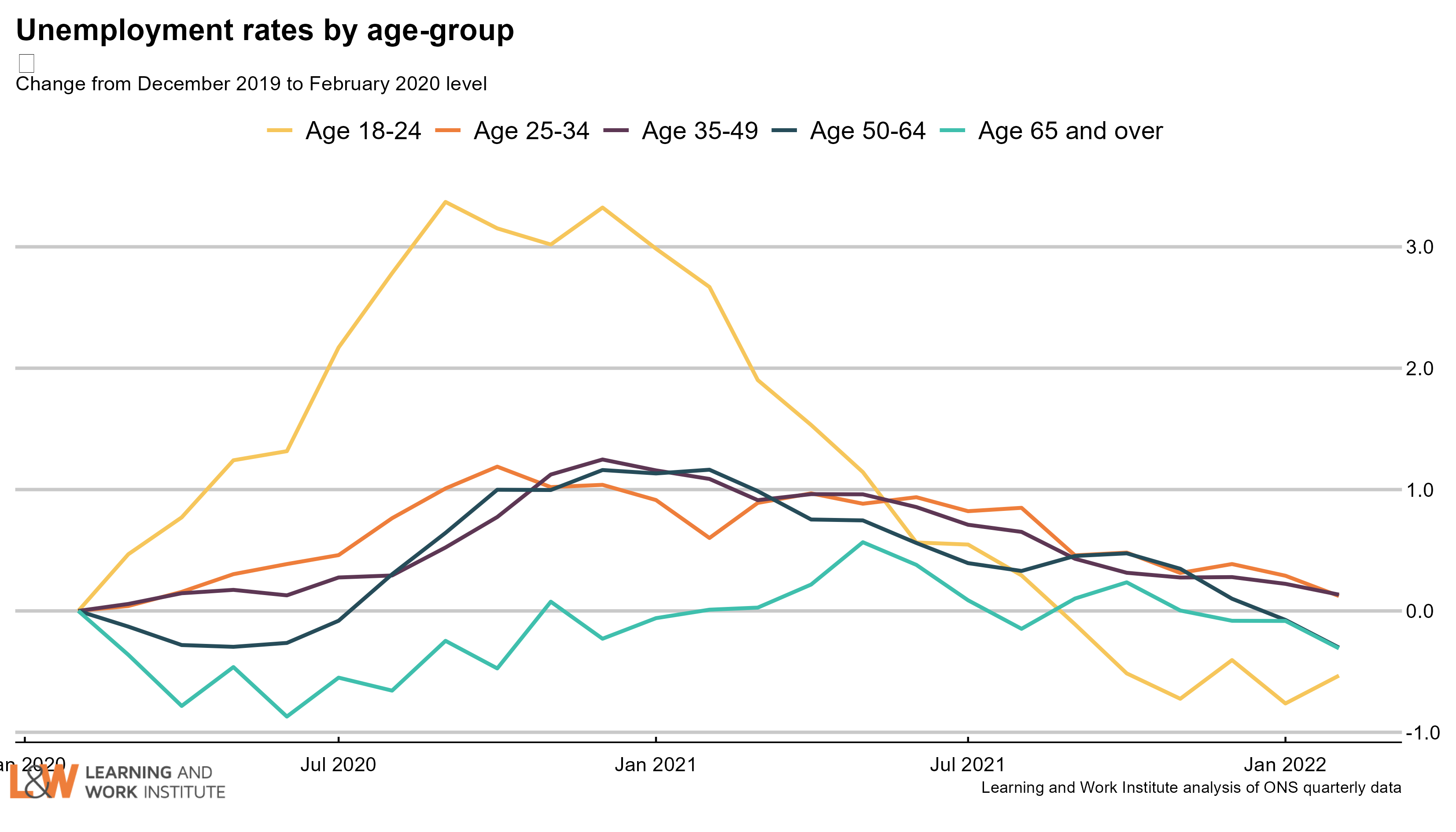
Chart 9: Vacancies – whole economy survey
Headline vacancies this month are up by 6,000 to 1,288,000. The ONS’ experimental single-month vacancy figures rose by 101,000 In the last quarter. The headline ONS vacancy figure is both seasonally adjusted and a three-month average. The chart shows both series.

Chart 10: Experimental single month vacancies – whole economy survey
The Office for National Statistics experimental single month vacancy estimates include sectoral information. As these are not seasonally adjusted, it is better to look at annual changes. The numbers are thousands of vacancies, under each number, and on the right, the annual change in thousands of vacancies. The comparison period is March 2019.
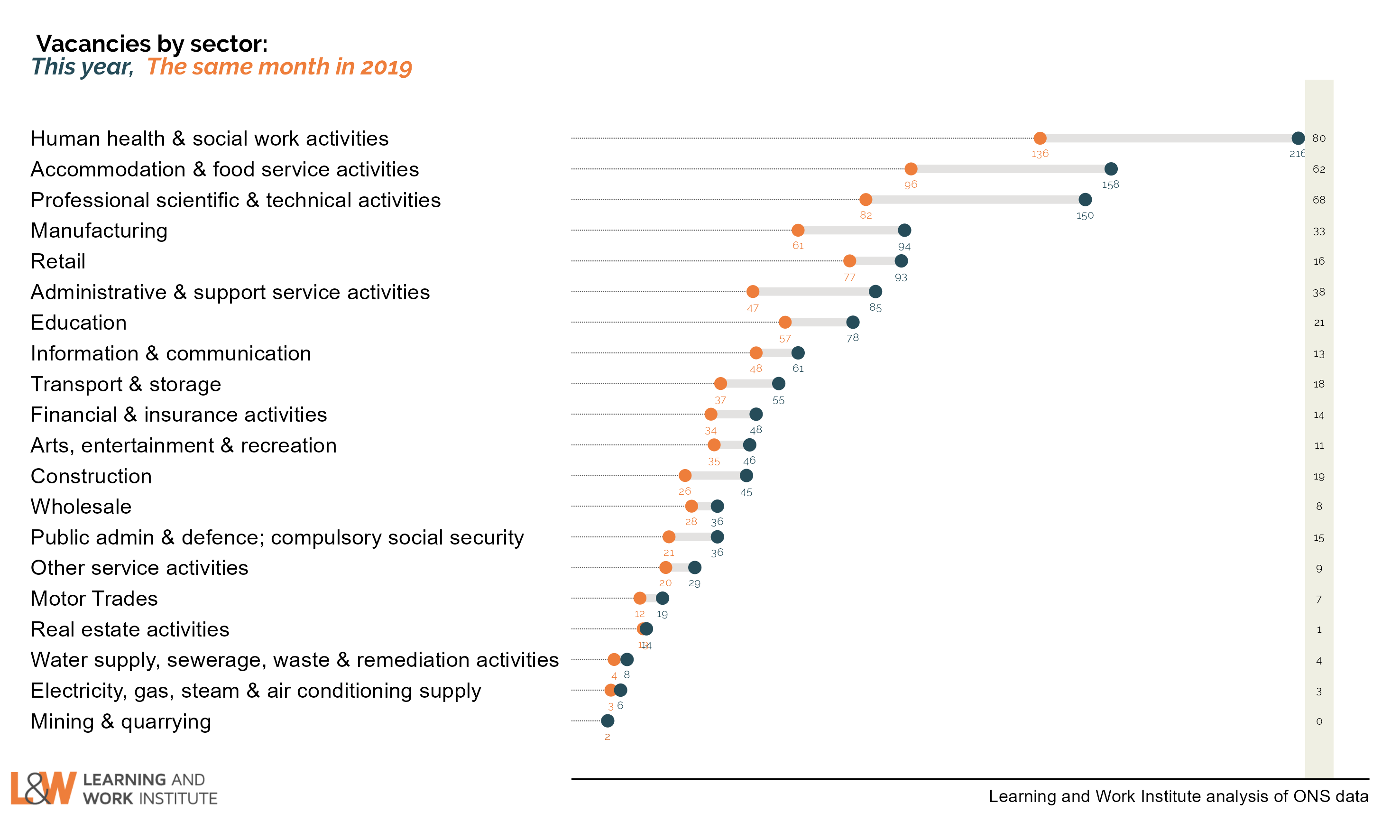
Chart 11: Unemployed people per vacancy
There are 1.0 unemployed people per vacancy. This has fallen back as the number of vacancies has risen, despite increasing numbers of unemployed. This is the lowest number on record.

Chart 12: Online vacancies to early April from Adzuna
Overall online vacancies from ONS and Adzuna are 137 (% of Feb 2020). They are 7% down on their pre-Christmas maximum. Compared with the same week in 2018, the overall vacancy level is up 16%. The 2018-20 line is starting to show the effect of the pandemic on vacancies.
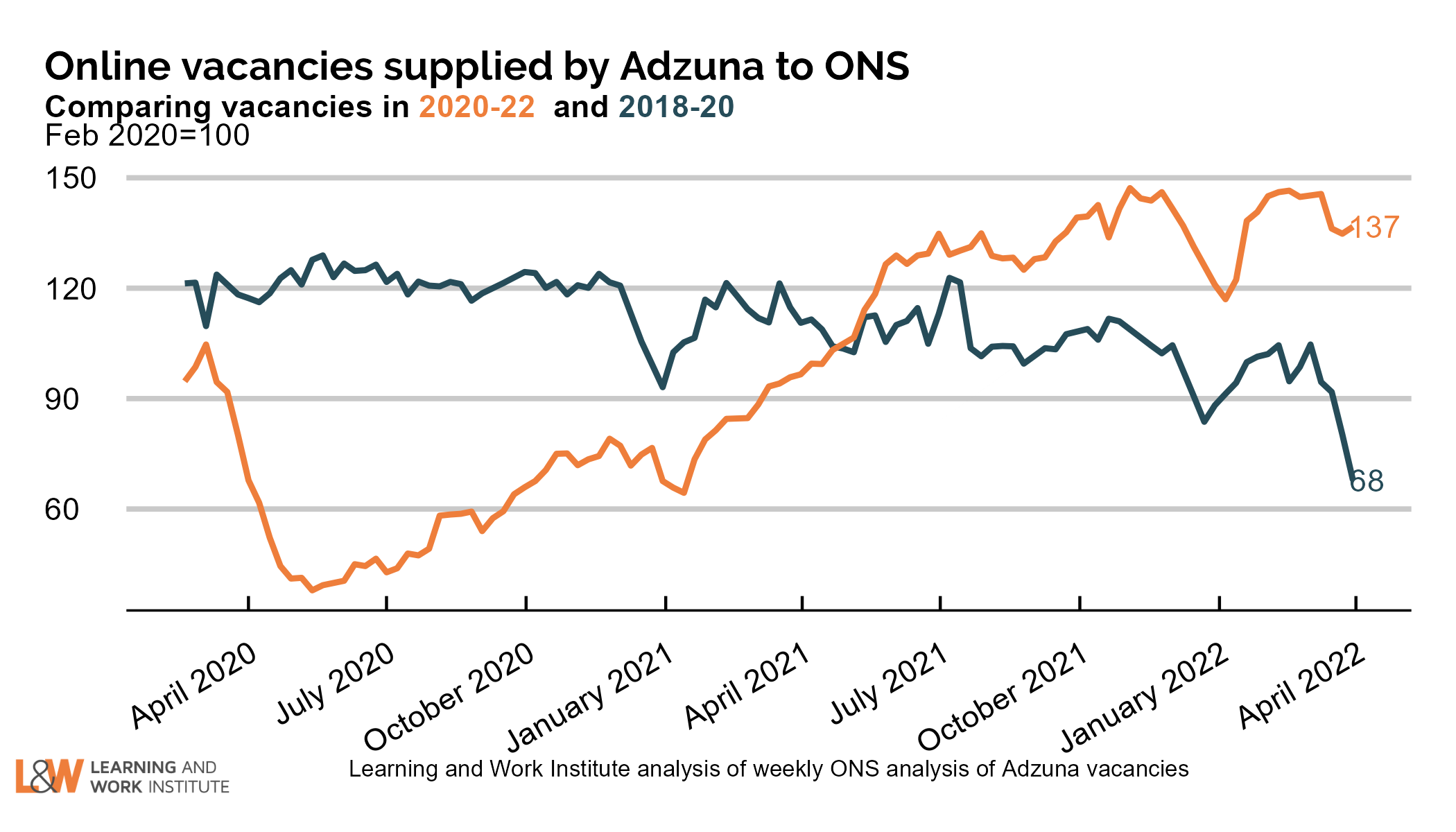
Chart 13: UK employment
Employment fell by 8,000 on the figure published last month, to 32,485,000. The chart shows both the official figures and the experimental weekly figures. The trend is likely to be upwards.

Chart 14: Employment rate in the UK
The employment rate showed no change over the quarter, at 75.5%. The chart shows both the official figures and the experimental weekly figures. The trend is likely to be upwards.
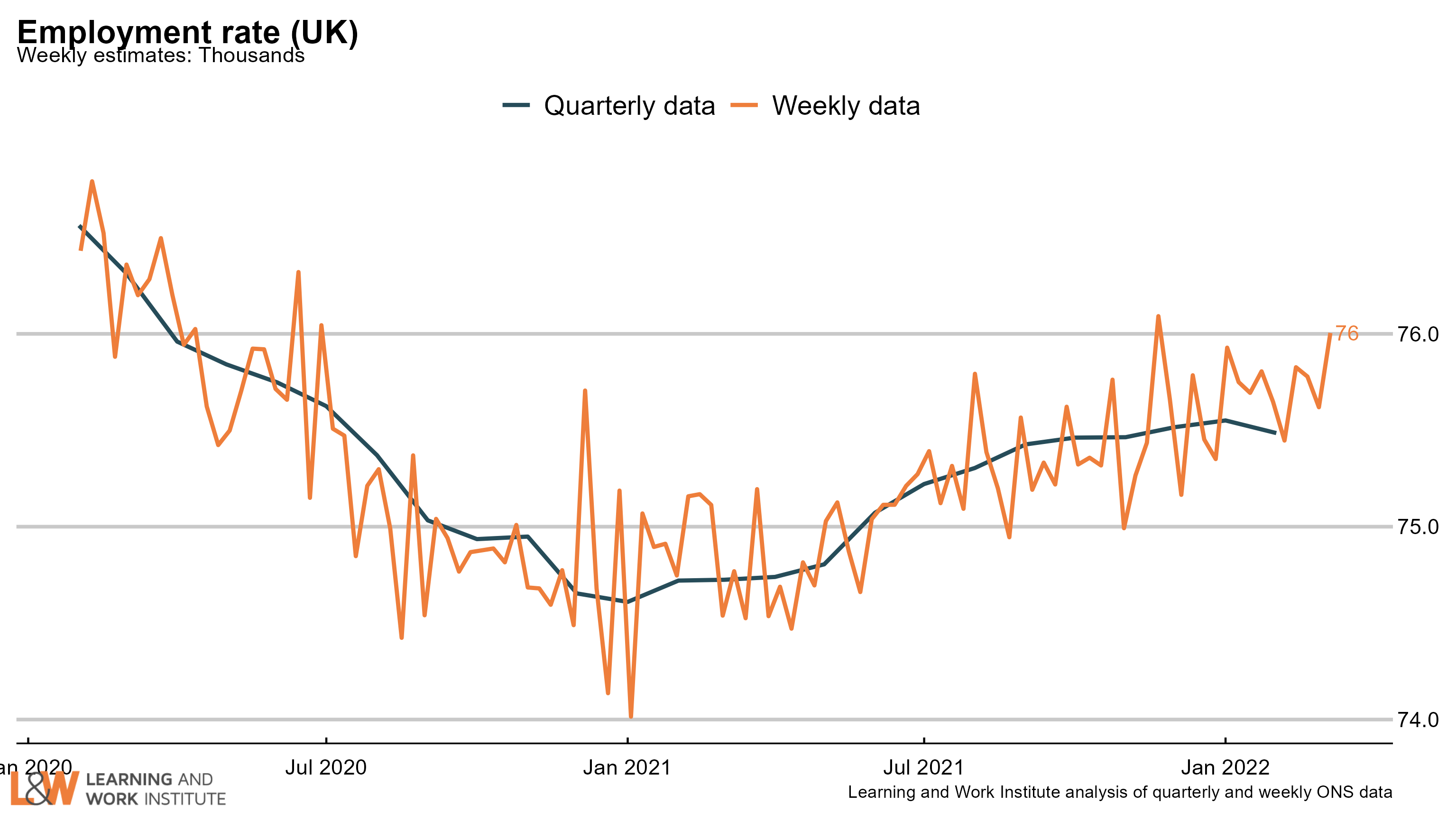
Chart 15: Economic inactivity – the long-term sick or disabled
The number of people who are economically inactive (that is, not working and not currently looking for work) who are long-term sick or disabled has risen 8.9% in the last nine months to more than 2.3 million working age people.

Chart 16: Economic inactivity – people looking after family
The survey figures showing those looking after family and not doing paid work or looking for paid work had been trending downwards but have been rising steadily since early 2021.
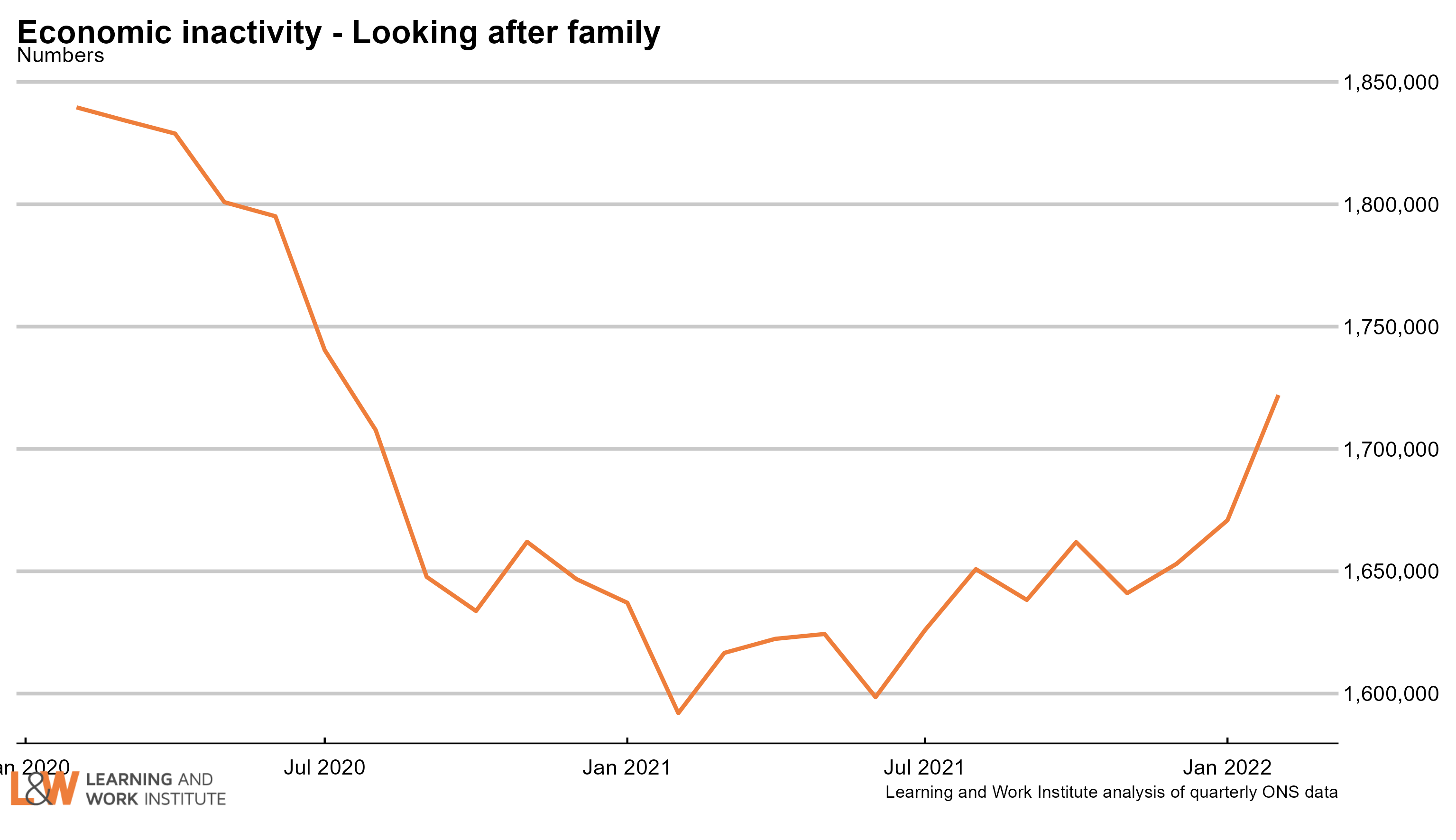
Chart 17: Economic inactivity – other inactive
In the Coronavirus period, people who were not working or looking for work due to Covid are included in this group. The number in this category increased sharply at the time, and has continued at a high level. A very high proportion of this group want to work.
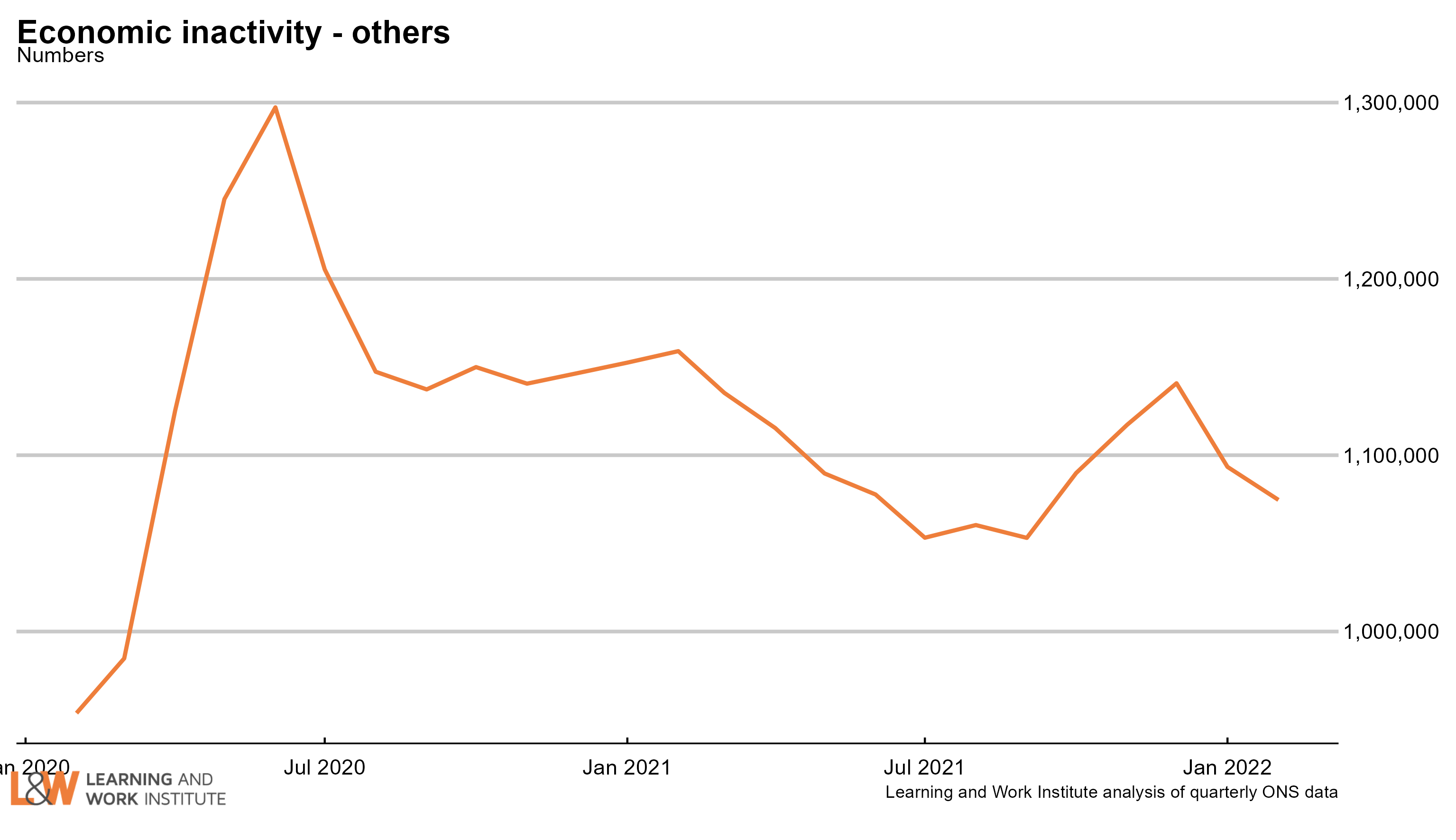
Chart 18: Employment rate two-year change in regions – December 2021 to February 2022
Three regions showed a rise in the employment rate, compared with two years ago, the West Midlands, the Eastern region and Wales. The employment rate fell in nine regions, led by the North East and the North West.
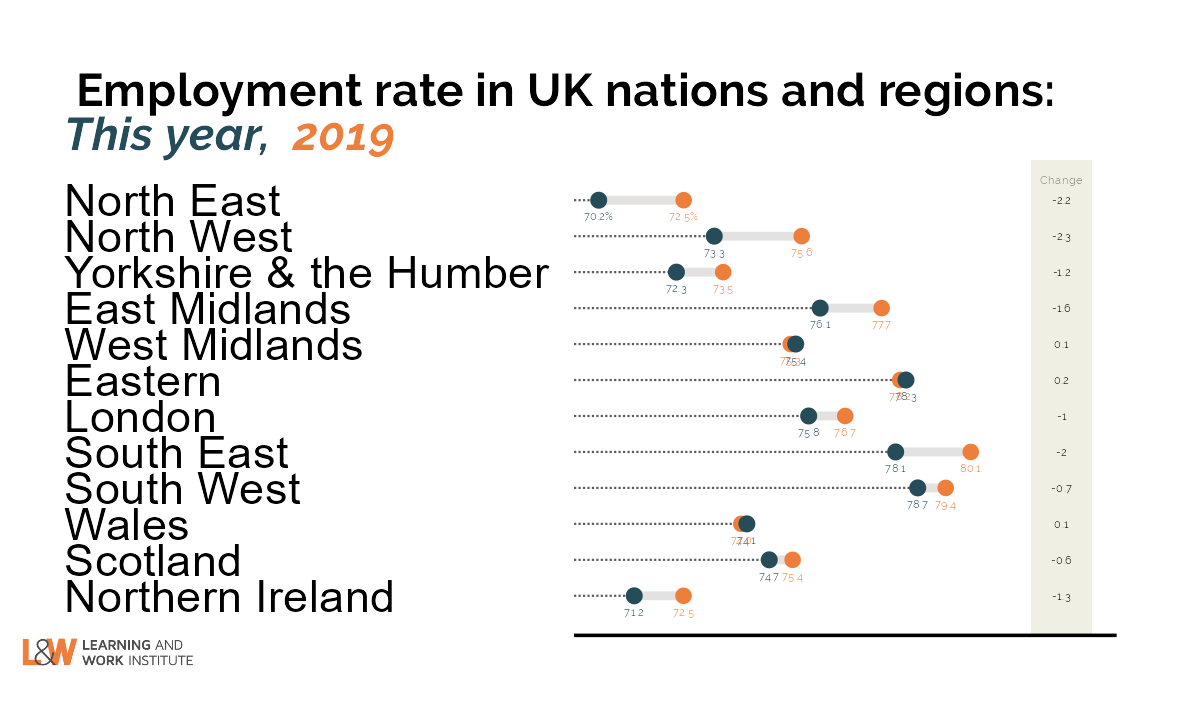
Chart 19: Unemployment rate two-year change in regions – December 2021 to February 2022
The three regions which showed a rise in the unemployment rate, compared to two years ago, are the West Midlands, London and the South East. The unemployment rate fell in seven regions, led by the East Midlands and Wales.

Chart 20: Inactivity rate two-year change in regions – December 2021 to February 2022
Eleven regions showed a rise in the inactivity rate, compared with two years ago, led by the the North East, the East Midlands and the North West. The inactivity rate fell in one region, the West Midlands.
